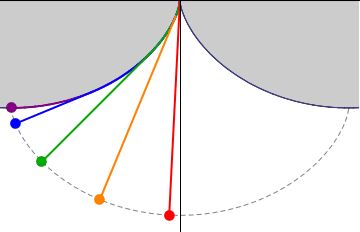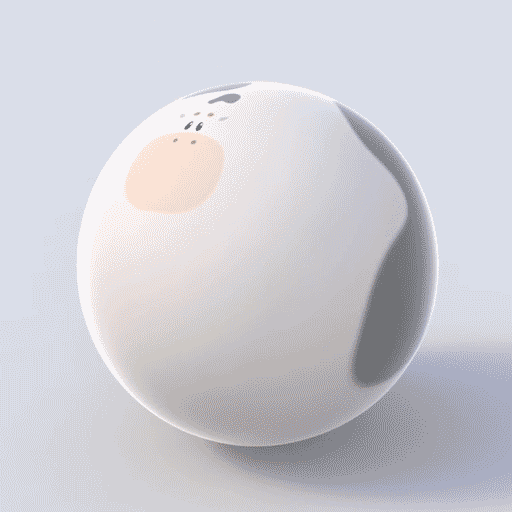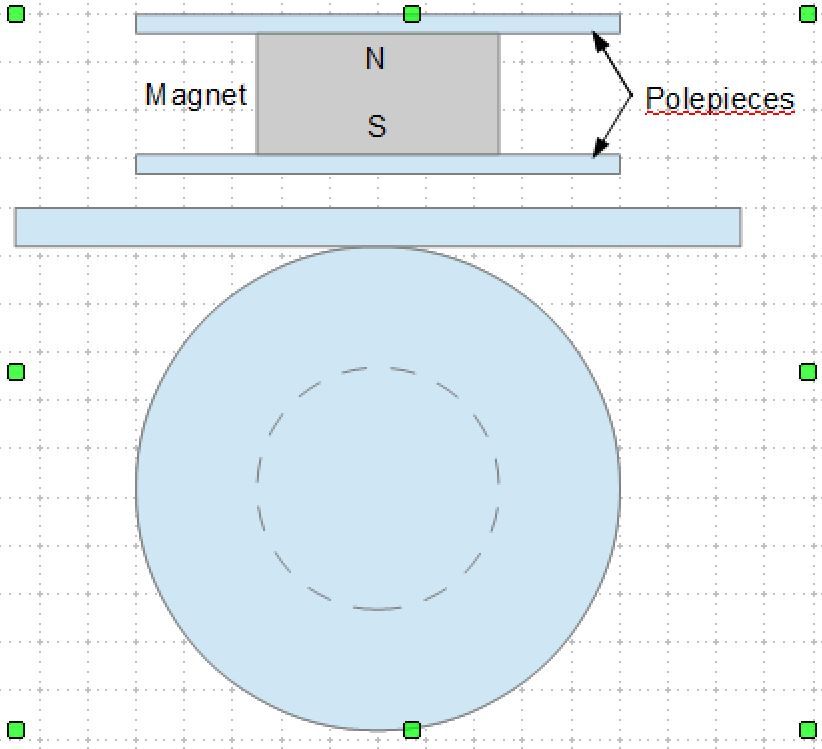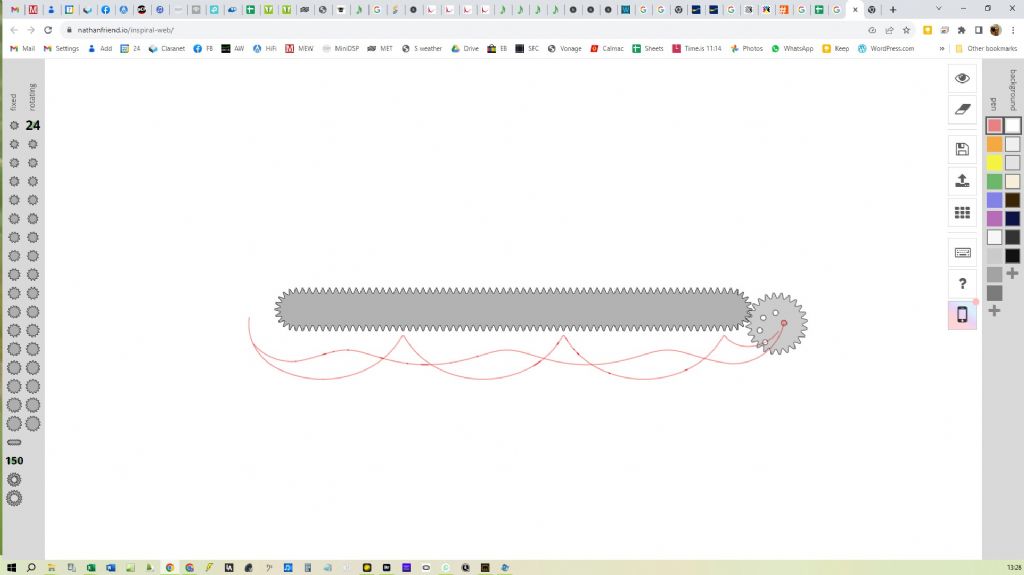Huygens:
Super tabula plana affigatur regula A B, semidigiti crassitudine. Deinde fiat cylindrus C D E eadem illa altitudine, diametrum vero baseos, dimidiae perpendiculi longitudini, aequalem habens; sitque F G H E fasciola, seu potius bractea tenuis, affixa regulae in huic F, cylindro vero in circumferentiae puncto aliquo E, ita ut partim huic circumvoluta sit, partim extendatur juxta latus regulae A B. Cylindro autem infixa sit ferrea cuspis D I, pauxillum ultra basis inferiorem prominens, atque ita ut circumferentiae ejus exacte respondeat. [p. 11]
His ita se habentibus, si cylindrus secundum regulum A B volvatur, bracteolae tantum FG crassitudine intercedente, eaque semper quantum potest extensa, describet cuspis I subjecto tabulae plano lineam curvam KI, quae Cyclois vocatur. Circulus vero genitor erit CDE, cylindri adhibiti basis. Quod si jam laminam KL ad regulam A B applicuerimus; exarata primum ea cycloidis portione K I, invertemus deinde ipsam, & in superficie adversa similem lineam K M, ab eodem puncto K egredientem, incidemus. Tum figuram MKI, accurate secundum, lineas istas, efformabimus, cui figurae lamellarum interstitium aptari oportet, inter quas per pendiculum suspenditur. Sufficiunt autem ad horologiorum usum portiones exiguae arcuum K M, K I; reliquo flexu inutili futuro, ad quem perpendiculi filum accedere non potest. Verum, ut mirabilis lineae natura atque effectus plenius intelligantur, integras semicycloides KM, KI, alio schemate hic exprimere visum fuit, inter quas suspensum agitatumque Pendulum KNP, diametri circuli genitoris duplum, cujuscunque amplitudinis oscillationes, usque ad maximam omnium per arcum MPI, iisdem temporibus confecturum sit: atque ita, ut appensae spherae P centrum, in linea M P I, quae & ipsa cyclois integra est, semper versetur. Quae proprietas insignis nescio an alii praeter hanc lineae data sit, ut nempe se ipsam sui evolutione describat. Haec autem quae dicta sunt, in sequentibus, ubi de descensu gravium, deque evolutione curvarum agemus, singula demonstrabuntur. [p. 12]
John Haine.








